As climate patterns shift and desertification expands, sandstorms have become an increasingly common phenomenon in many parts of the world. These swirling masses of dust and debris don't just disrupt daily life - they pose serious risks to our eye health. Understanding how to protect your eyes during these events isn't just about comfort; it's a matter of preventing potentially lasting damage to one of our most sensitive organs.
The first signs of an approaching sandstorm often come too late for proper preparation. By the time visibility drops and the air turns hazy, unprotected eyes are already vulnerable. Tiny particles carried by these storms can cause immediate irritation, scratching the cornea or becoming lodged under eyelids. More concerning are the microscopic particles that carry pollutants and allergens, capable of triggering severe reactions in sensitive individuals.
Proper eyewear serves as the first line of defense against airborne particles. Regular sunglasses, while helpful for reducing glare, often fail to provide adequate protection during severe dust events. Wraparound goggles or glasses with side shields create a physical barrier that prevents particles from entering from the sides. For those who wear contact lenses, the situation becomes more complicated. Contacts can trap particles against the eye's surface, potentially leading to corneal abrasions. Ophthalmologists recommend switching to glasses during sandstorms or using daily disposable contacts that can be promptly discarded if irritation occurs.
The importance of maintaining eye hygiene during and after exposure cannot be overstated. Rubbing irritated eyes might provide momentary relief but often exacerbates the problem by grinding particles deeper into the ocular surface. Instead, experts recommend using preservative-free saline solution to gently flush out foreign matter. For persistent irritation, cold compresses can reduce swelling while artificial tears help restore moisture to dry, irritated eyes. Those experiencing severe pain, light sensitivity, or vision changes should seek immediate medical attention as these could signal serious corneal damage.
Indoor protection matters just as much as outdoor precautions during extended sandstorms. Fine dust particles can penetrate homes and workplaces, creating a sustained exposure risk. Using air purifiers with HEPA filters helps reduce airborne particles, while damp cloths for dusting prevent recirculation of settled dust. Keeping windows sealed and minimizing outdoor air intake through HVAC systems during peak pollution periods creates a safer indoor environment. For those who must work outdoors, creating clean zones where protective gear can be safely removed and eyes can be rinsed becomes crucial.
Long-term exposure to frequent sandstorms carries cumulative risks that many overlook. Chronic dry eye syndrome, increased susceptibility to eye infections, and accelerated age-related vision problems have all been linked to repeated particulate exposure. This makes consistent protection important even for those who don't experience immediate discomfort. Children and elderly individuals require special consideration as their eyes may be more vulnerable to damage or less able to communicate emerging problems.
Advance preparation separates effective protection from after-the-fact damage control. Monitoring weather alerts allows for proactive measures before conditions deteriorate. Maintaining a supply of appropriate eyewear, saline solution, and lubricating eye drops ensures readiness when storms strike unexpectedly. For contact lens wearers, keeping backup glasses accessible prevents being caught without alternatives. Those with pre-existing eye conditions should consult their ophthalmologists about additional protective strategies tailored to their specific needs.
The psychological aspect of eye protection during sandstorms often goes unaddressed. The instinct to rub irritated eyes or remove protective gear for comfort can undermine even the best precautions. Developing the discipline to keep protective eyewear in place despite discomfort and to resist touching the eye area requires conscious effort but pays dividends in preventing complications. Over time, these practices become habitual, transforming eye protection from a reactive measure into an automatic response to environmental threats.
Technological advancements continue to improve our options for eye protection. New materials offer better impact resistance while maintaining optical clarity. Anti-fog coatings address the condensation problems that often plague sealed goggles. Some manufacturers now integrate air filtration into protective eyewear designs, though experts caution that proper fit remains more important than advanced features for general use. As research continues into the specific health impacts of different particulate compositions, protection standards evolve to address newly identified risks.
Community-level awareness plays a vital role in mitigating sandstorm-related eye injuries. Workplaces in affected regions increasingly include eye protection in their safety protocols, while schools implement measures to protect children during outdoor activities. Public health campaigns that demonstrate proper protection techniques and emphasize the seriousness of eye hazards help overcome complacency. Sharing best practices within communities creates collective resilience against these environmental challenges.
Ultimately, protecting your eyes from sandstorms requires understanding both the immediate and gradual threats posed by airborne particles. It demands consistent application of protective measures rather than sporadic attention. With proper knowledge and preparation, the risks to one of our most precious senses can be significantly reduced, preserving not just comfort but long-term visual health in an increasingly dusty world.

By /Aug 7, 2025
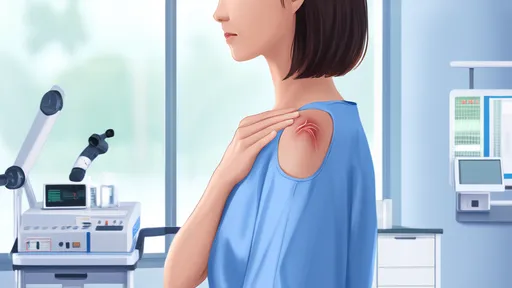
By /Aug 6, 2025
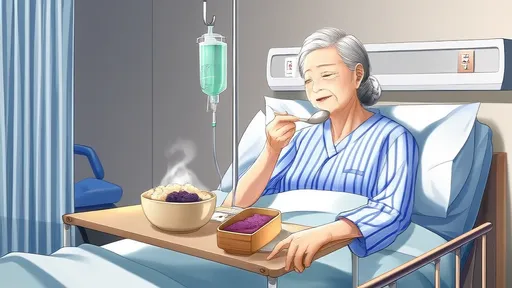
By /Aug 6, 2025
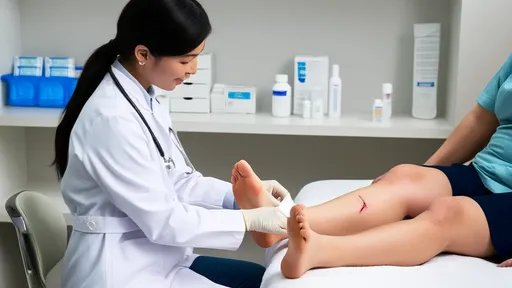
By /Aug 6, 2025
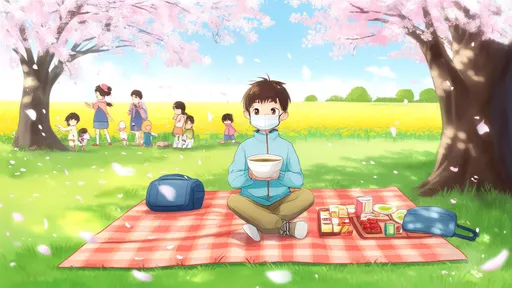
By /Aug 6, 2025

By /Aug 6, 2025

By /Aug 6, 2025

By /Aug 6, 2025

By /Aug 6, 2025

By /Aug 6, 2025

By /Aug 6, 2025

By /Aug 6, 2025
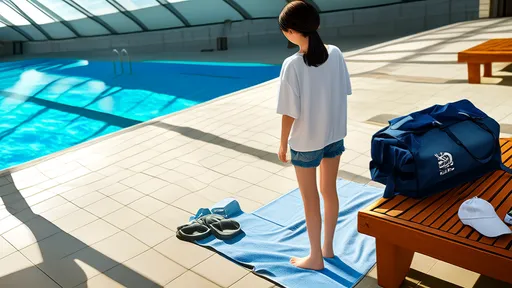
By /Aug 6, 2025
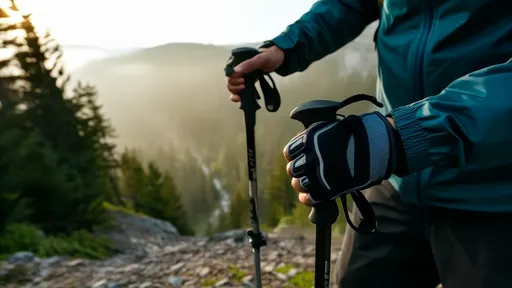
By /Aug 6, 2025

By /Aug 6, 2025
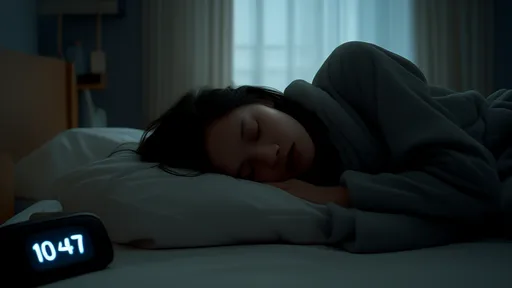
By /Aug 6, 2025

By /Aug 6, 2025

By /Aug 6, 2025
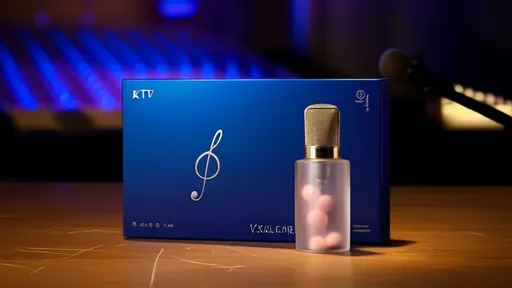
By /Aug 6, 2025

By /Aug 6, 2025